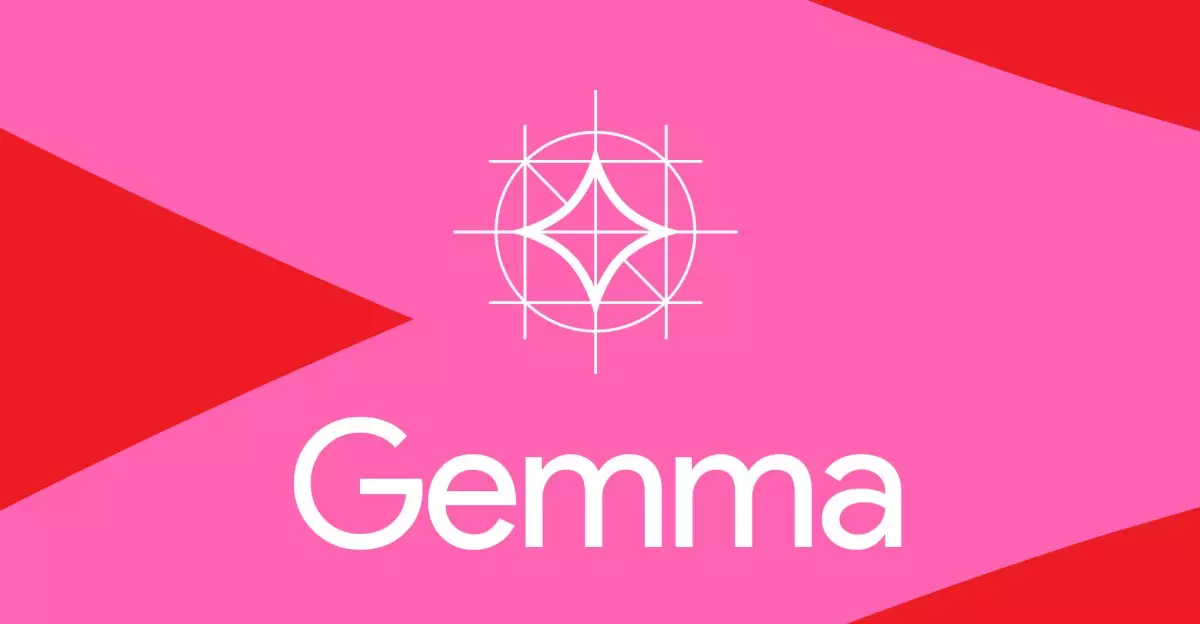In the fast-evolving landscape of artificial intelligence, Google has stepped up its game with the introduction of Gemma 3, a powerful multi-modal AI model capable of interpreting text, images, and short videos. This latest incarnation of the Gemma series, which builds upon its predecessor models, is aimed at developers looking to create AI applications that can function seamlessly across various devices, from smartphones to powerful workstations. With an ever-growing demand for multi-functional AI solutions, Gemma 3 is poised to be a game changer.
Superior Performance on a Single Accelerator
One of the most striking claims from this new release is Google’s assertion that Gemma 3 is the “world’s best single-accelerator model.” This bold statement suggests a significant edge over popular competitors, including Facebook’s Llama and DeepSeek. The technology has been specifically optimized to run on Nvidia’s GPUs and dedicated AI hardware, which is crucial in enhancing its performance capabilities. In a time where efficiency and power are paramount, such advancements position Gemma 3 as a formidable player in the AI arena.
Image Understanding and Safety Features
The upgraded vision encoder of Gemma 3 is another highlight, catering to a diverse range of image resolutions and formats, including non-square images. This capability not only broadens the types of visual input the model can process but also enhances its applicability across various fields such as education, entertainment, and research. Furthermore, the introduction of the ShieldGemma 2 image safety classifier is a commendable step toward responsible AI usage, filtering images that may contain explicit or dangerous content. As the conversations around AI ethics intensify, Google’s efforts could serve as a benchmark for responsible AI practices.
The Debate on Openness
While the term “open AI” suggests accessibility and transparency, the landscape remains muddled. Google’s licensing restrictions, which remain unchanged in this latest rollout, have rekindled discussions about what qualifies as “open.” These limitations could hinder innovation among developers eager to experiment with the technology. It raises an essential question about the balance between controlling risk and promoting creativity. If Google truly aims for Gemma to reach its full potential, a more open approach may be a beneficial strategy moving forward.
Support for Research and Development
In a positive pivot, Google is making strides to support the academic community through initiatives like the Gemma 3 Academic program, which offers $10,000 worth of cloud credits for research purposes. This investment not only fosters innovation in the AI space but also engages researchers in exploring the full capabilities of Gemma while ensuring that ethical considerations remain front and center. However, it compels us to wonder whether this initiative will effectively translate into real-world applications or simply serve as a marketing strategy.
Each of these aspects highlights a blend of potential and challenges that come with Gemma 3. As developers and researchers venture into this new era of AI, it remains to be seen whether Google’s latest innovation can live up to its lofty claims while navigating the complexities of ethics, accessibility, and functionality.

